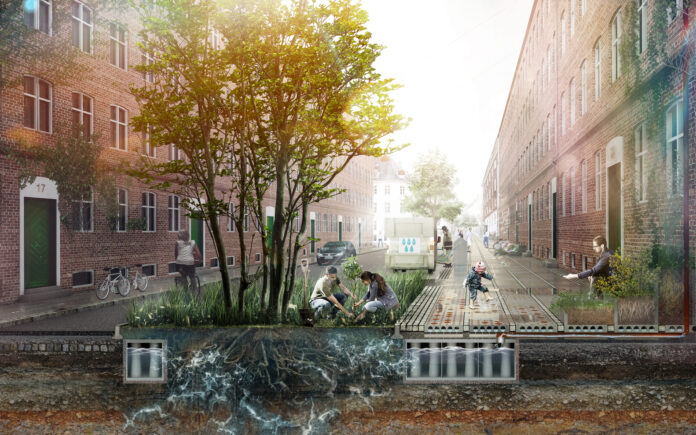Delivering effective disaster relief and recovery presents unique challenges in dense, complex urban settings affected by catastrophes. Congested spaces, vulnerable infrastructure, displaced populations, and scarce resources complicate logistics. With innovative approaches, relief teams can navigate terrain, quickly meet needs, and build urban resilience.
Access Limitations
Debris-blocked streets, damaged transportation systems, and downed bridges isolate neighborhoods and limit mobility for relief services after disasters. Tunnels and elevated rails may become unsafe. Traffic jams clog the remaining routes. Emergency vehicle access is delayed. Relief organizations should identify diverse ingress/egress paths using smaller vehicles and boats if needed. Community volunteers can help clear paths. Pre-approved emergency access lanes allow responder transit. Understanding common urban response obstacles and developing tailored solutions means disaster relief organizations like Brother’s Brother Foundation can enhance their services when crises hit cities.
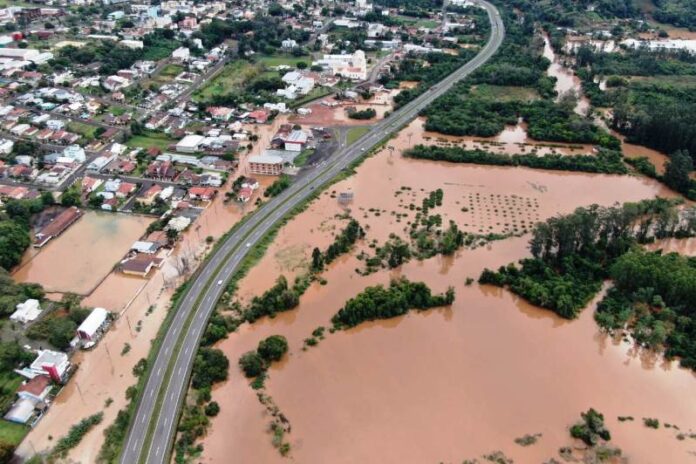
Crowds and Limited Space
High population density in urban areas strains the capacity of relief shelters, distribution sites, and disaster services. Space to set up logistics hubs is scarce. Overcrowding raises risks of public health issues and unrest. Coordinating use of less-affected public buildings optimizes suitable reception space. Temporary modular facilities expand capacity. Secure green spaces accommodate overflow. Streaming survivors to smaller dispersed shelters prevents strain on resources.
Resource Shortages
Extensive damage to infrastructure can impact power, water, sanitation, fuel, and supply chains in cities. Stockpiling resources across neighborhood networks provides redundancy. Mobile generators, water filters, and hygiene trailers serve communities lacking utilities. Localized aid distribution hubs placed in each district during disasters save citizens from arduous travel. Involving surrounding jurisdictions spreads resources. Mutual aid pacts bring in additional assets quickly.
Vulnerable Populations
Some urban groups, including seniors, disabled residents, homeless populations, and non-English speakers, require specialized assistance. Neighborhood canvassing identifies at-risk residents for individual aid. Partnering with community organizations already embedded locally guides outreach. Translators assist non-native speakers. Those with mobility challenges receive deliveries, while homeless citizens get information on shelter options. Checking on seniors prevents isolation.
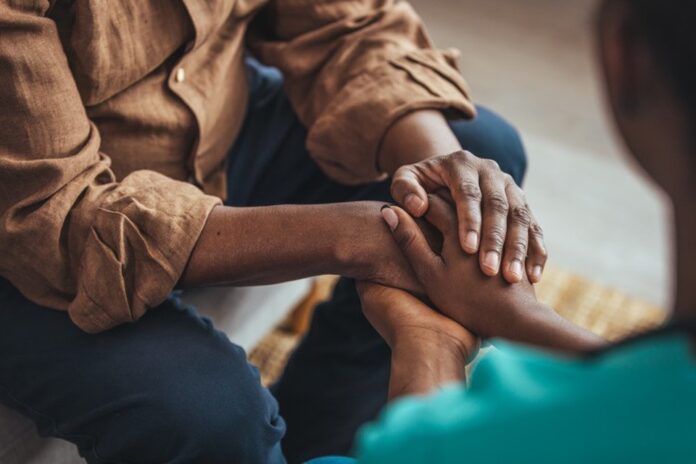
Economic Disruptions
When disasters halt urban business operations, employees lose income and economic pressures rise. expedited small business aid and unemployment assistance provide financial stability. Moratoriums on evictions and foreclosures allow time to recover. Low-interest SBA loans fund rebuilding. directing aid to lower-income districts prevents increased inequality. Job training reskills workers for industries less vulnerable to disasters.
Psychological Support
In addition to physical losses, urban survivors experience trauma requiring mental health support. Community counseling provides coping outlets. Support groups foster resilience. Schools, shelters, and aid centers offer child counseling. Expanding mental health organization capacity aids recovery. Promoting existing hotlines raises awareness. Training religious and community leaders in psychological first aid equips broader support. Simply listening compassionately makes a difference.
Future Mitigation
Transitioning short-term urban disaster response into long-term resilience is crucial. Upgraded building codes and retrofits strengthen structures. Infrastructure redundancies increase reliability. Natural climate barriers absorb impacts, and early warning systems and emergency plans empower residents to protect themselves. Analyzing response gaps and community feedback informs improvements for future disasters. The ultimate goal is strong cities and citizens prepared to adapt.
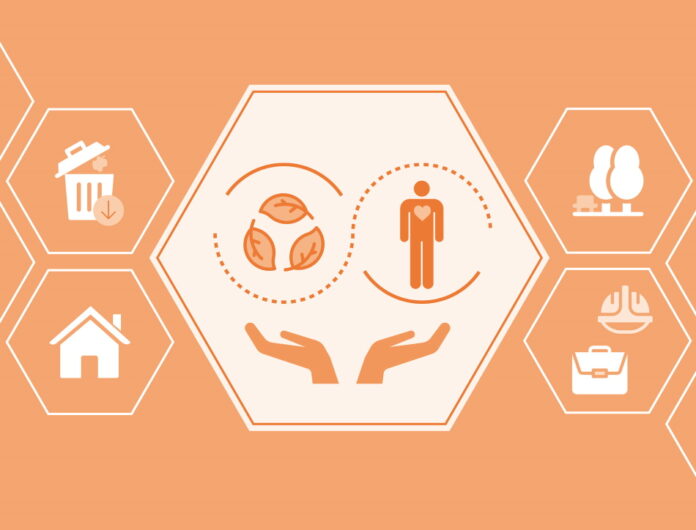
Enhanced Communication Strategies
Effective communication is critical in urban disaster relief. Advanced technologies like mobile apps and social media platforms quickly disseminate information to a wide audience. Emergency alerts via SMS and local broadcasts keep citizens informed. Relief organizations should establish a centralized communication hub to coordinate with local authorities, volunteers, and residents. Reliable two-way communication channels allow for real-time updates and feedback. Community radio stations and public announcement systems in local languages ensure inclusivity.
Volunteer and Community Engagement
Mobilizing local volunteers is vital for successful disaster response. Training community members in basic disaster response skills creates a resilient local force. Establishing neighborhood disaster response teams ensures immediate local action. Volunteer registration platforms streamline the process. Engaging local youth groups and organizations in preparedness activities fosters a culture of readiness. Regular community drills and workshops raise awareness and preparedness levels.
Technology Integration in Disaster Response
Integrating technology enhances disaster response capabilities. Drones survey damage and identify accessible routes. Geographic Information Systems (GIS) map affected areas and resources. Mobile applications track resource distribution and volunteer activities. Cloud-based platforms facilitate data sharing among organizations. Wearable technologies monitor the health status of responders and survivors. Artificial intelligence assists in predicting disaster patterns and optimizing response strategies.

Medical and Healthcare Services
Providing healthcare during urban disasters is challenging. Mobile medical units offer immediate care. Temporary clinics in unaffected areas alleviate pressure on hospitals. Telemedicine services connect survivors with healthcare professionals. Stockpiling essential medicines and medical supplies in strategic locations ensures quick access. Mental health services, including mobile counseling units, address trauma and stress. Partnerships with local pharmacies and healthcare providers enhance service delivery.
Education and Child-Focused Services
Children are particularly vulnerable during disasters. Temporary educational facilities ensure the continuity of learning. Collaborations with local schools and educational NGOs maintain educational services. Child-friendly spaces in shelters offer a safe environment for children. Specialized programs address the emotional and psychological needs of children post-disaster. Initiatives to reunite separated families are crucial. Child protection services monitor and safeguard the welfare of minors.
Sustainable Recovery and Development
Post-disaster recovery offers an opportunity for sustainable urban development. Rebuilding with eco-friendly materials and methods reduces future risks. Community-led recovery projects ensure local needs are met. Sustainable waste management during reconstruction prevents environmental hazards. Developing green spaces enhances urban resilience against climate impacts. Training programs in sustainable practices empower residents for future preparedness.
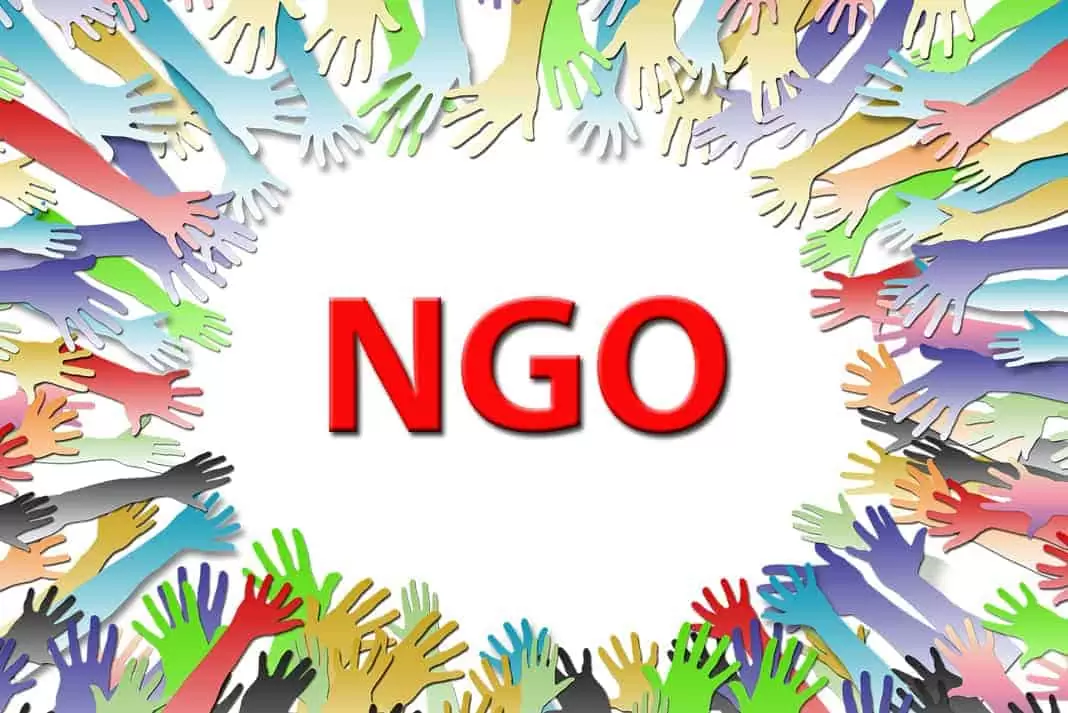
Collaboration with Private Sector and NGOs
Strong partnerships with the private sector and NGOs amplify disaster response capabilities. Corporations can provide resources, technology, and logistical support. NGOs bring specialized skills and knowledge to the table. Collaborative platforms facilitate sharing of best practices and innovations. Engaging local businesses in preparedness initiatives promotes community investment. These partnerships create a more cohesive and effective disaster response network.
In summary, enhancing urban disaster relief requires a multifaceted approach involving advanced communication, community engagement, technology integration, comprehensive healthcare services, child-focused initiatives, sustainable development strategies, and strong collaborations. These components, working in tandem, significantly improve disaster response efficiency, effectiveness, and resilience in urban environments.
Conclusion
With innovative approaches maximizing limited resources, relief organizations can efficiently assist vulnerable urban populations struck by disasters. Partnerships between relief organizations, municipalities, businesses, and local community groups are essential to maximize response capacity and effectiveness. Investing in urban disaster readiness before the next crisis occurs will pay dividends through lives saved and quicker system recovery.
With careful coordination, creative problem solving, emerging technologies, and compassionate service, urban disaster response can provide lifelines to neighborhoods in need. Though disasters will never be predictable, urban communities can become more adaptive and response-ready through collaboration. Together we can build thriving cities and relief networks enabling rapid rehabilitation even in the direst of times.

